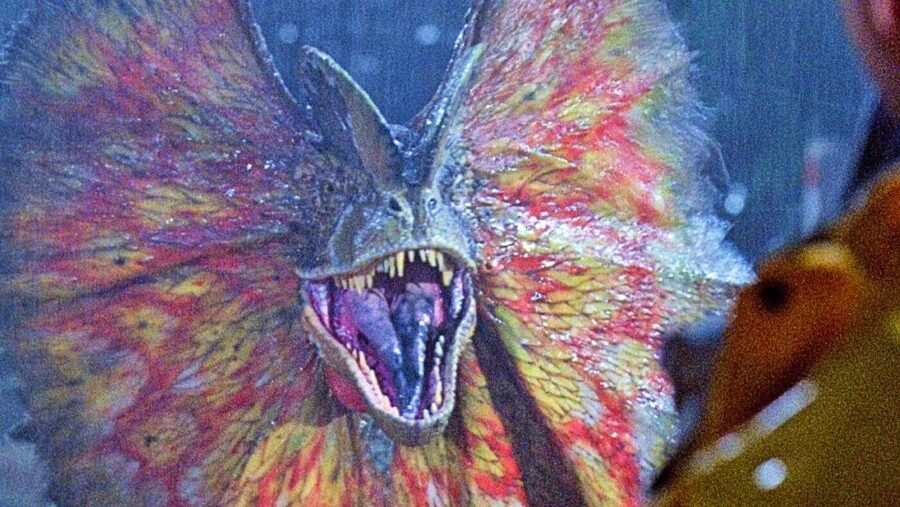A New Dinosaur Was Just Discovered
A new dinosaur has been discovered in an unexpected place, which could be promising for the next Jurassic movie.

Humanity has been fascinated by dinosaurs ever since we finally, mostly began to accept that dragons probably are not a real thing. In lieu of firebreathing winged beasts of the sky, we have pretty much come to accept that the fossils of the terrible lizards are the best we are going to get, along with various media associated with them. That is why it is always exciting when a new species of dinosaur is discovered, particularly when it opens a whole area of potential Jurassic World cameos. In this case, researchers in South America have found a whole new species of dinosaur and even created a digital recreation of what they think it may have looked like. Check it out here:
According to ScienceAlert, researchers at the Félix de Azara Natural History Foundation in Argentina have discovered a new dinosaur they have dubbed Jakapil kaniukura (or J. kaniukura to its friends). This new dinosaur appears to have lived in the Cretaceous period, generally estimated as being between 145 million to 65 million years ago and ending with the extinction of all known dinosaurs. Dinosaurs from the very late Cretaceous are some of the best known in popular culture, such as the alternatingly heroic and/or villainous Tyrannosaurus Rex, the stooges of Chris Pratt, Velociraptor, and the nerds of the dinosaur world, Triceratops. Overall, this puts J. kaniukura in good company for the other beasts it may have lived among in the final period of dinosaur existence.
Adorably, the new dinosaur known as J. kaniukura was small, weighing probably around the size of the average modern housecat. According to a partial skeleton found in the Río Negro province of Patagonia, the new dinosaur was armored and had a ridge of protective spikes on its spine. It was likely about five feet long in adulthood, and judging by its beak and powerful teeth, was an herbivore that ate tough, woody plants.
The new dinosaur belonged to a group called Thyreophora, which also includes other armored herbivores like the more famous Stegasaurus. Most members of that group have been found in the North Hemisphere, which makes the discovery of J. kaniukura in South America an interesting expansion of the territory they inhabited. It also appears that this new dinosaur lived longer into the Cretaceous than its Northern relatives, which raises the possibility of there being more yet undiscovered species of Thyreophora in the Southern Hemisphere.
It is always worth noting that the study of paleontology is a surprisingly controversial and debated one, with many researchers disagreeing about fundamental aspects of dinosaur biology. For example, the animal known as Brontosaurus became a staple of dinosaur imagery, only to eventually be declared a subspecies of Apatosaurus and then once again declared a separate species after further discoveries. As such, any discovery of a new dinosaur may lead to fascinating new insights into their biology but may undergo any number of changes as new data and fossils are found. At least for now, welcome to the club, J. kaniukura.












